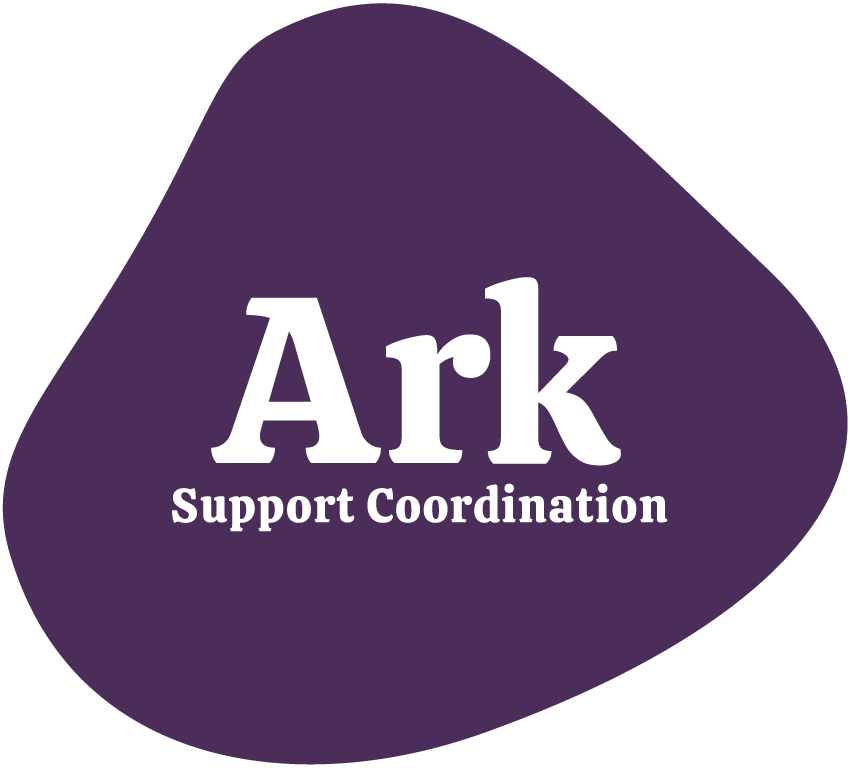Sexuality & Gender Identity More Varied Among Autism
Despite the stereotypes we may see, people with autism love intimacy, and seek out both romantic and sexual relationships. In fact, people with ASD are more likely to vary in their sexuality and gender identity than the general population. Research shows that transgender people are three to six times more likely to be autistic than cisgender people.
Undiagnosed gender-diverse people are more likely to suspect they are autistic. Regarding sexual orientation, one study found that people with autism report higher rates of homosexuality, bisexuality, and asexuality and lower rates of heterosexuality than the general population. Overall, 69.7% of people with ASD were non-heterosexual compared to 30.3% of neurotypical people.
If some terms like allistic, gender dysphoria or queer are new to you, please see the Glossary at the bottom of this blog post.
Why is someone with autism more likely to be queer than allistic people?
One reason might be linked to autism traits. Individuals with autism are generally successful at analysing, organising, and improving systems. This makes them more likely to identify patterns in societal norms that are flawed or limited, such as rigid binary gender roles. Adhering to their assigned gender and subsequent gender roles can seem unnecessary or oppressive to people with autism who see binary gender as ineffective. They may be more likely to explore alternatives, learn about gender diversity and fluidity, and realise that they are queer.
The link between gender, sexuality, and autism is an important one. However, many medical professionals are unaware of it, which can affect the care they provide to people in this community. For example, questioning the self-awareness level of people with autism can lead to them not being taken seriously when it comes to sexuality and gender identity.
People with autism tend to engage with their interests more intensely than allistic people, so their gender and sexuality differences can be misunderstood as a special interest rather than a genuine identity. As a result, these teenagers risk having their transgender status questioned by others as an "obsession" with gender.
In addition to being misunderstood, queer individuals with autism belong to several minority groups that present different challenges. For example, genderqueer people experience gender dysphoria, body dysmorphia, and societal pushback ranging from accidental misgendering to overt transphobia and violence.
People with autism experience many internal difficulties from differences in sensory or information processing and social challenges from differences in communication. This disability is "invisible", and others often dismiss it. These factors can mean they experience increased minority stress and poorer mental health, which highlights the need for specialised care that is both autism and queer friendly.
Navigating sexuality and relationships can be tricky on our own. Often we might need someone external to our lives to help steer our internal learning. Ark’s Discovery Sexuality Counselling and Education tackles the important conversations people tend to shy away from. Designed to give individuals with a disability access to age-appropriate, medically accurate and inclusive sexuality education. Please don’t hesitate to reach out to us if you would like to know more.
Glossary
Autistic: a person on the autism spectrum, who may socialise, communicate, process information, engage with their interests, and experience their senses in an atypical way
Allistic: a person not on the autism spectrum
Neurotypical: a person whose brain function and development are typical of most people
Neurodivergent: a person whose brain function and development deviate in some way from the common understanding of the brain, which results in atypical patterns of thought or behaviour
Queer: an umbrella term for LGBTQIA+ people; a reclaimed slur historically used as a derogatory term and currently used by some LGBTQIA+ people to signify empowerment, pride, and resistance to marginalisation
Gender Identity: a person’s sense of their gender, regardless of biological sex, associated with a range of social and cultural norms related to appearance, expression, and behaviour. In Western societies, gender identity has been on a male/female binary. However, it instead belongs on a wider gender spectrum which includes a lot of variation.
Transgender, gender-diverse, genderqueer: terms used to describe people whose gender differs from the one assigned at birth. This includes, but is not limited to, trans men, trans women, genderfluid people whose gender identity is not fixed and changes at different times, and non-binary people who may not identify with the male/female binary altogether or be a mixture of different genders.
Cisgender: a person who identifies with the gender they were assigned at birth
Gender dysphoria: the pervasive discomfort experienced by transgender people when their gender identity does not match the gender they were assigned at birth, their sex, their gender presentation, or the gender others assume they are.
Gender presentation: a person’s gender identity communicated through appearance and behaviour, including clothing, make-up, hair, mannerisms, and voice. Aligning gender presentation with one’s gender identity is reaffirming. Unfortunately, many transgender people opt for a more socially acceptable gender presentation to avoid harassment and violence, leading to gender dysphoria.
Body dysmorphia: serious mental distress that involves obsessive rumination over perceived flaws in one’s appearance. Transgender people can experience body dysmorphia as part of gender dysphoria, as they become unsettled by aspects of their body that do not align with their gender identity or societal expectations of their gender.
Misgendering: addressing a person in a way that conflicts with their gender identity or assigning traits to them based on social and cultural expectations of a gender with which they do not identify. Misgendering can be accidental, such as using incorrect pronouns when the person’s pronouns are not known, or deliberate, such as addressing a transgender person using incorrect language to make them feel unaccepted and unsafe in an act of overt transphobia (i.e., calling a transgender woman a man).
Polina Necheva